Eating low-calorie meals doesn’t have to leave you hungry. With the right balance of protein, fiber, and healthy fats, you can enjoy satisfying meals while keeping your calorie intake in check. Whether you’re trying to lose weight, maintain a healthy lifestyle, or simply eat more mindfully, these nutrient-dense, low-calorie meals will help you stay full and energized throughout the day.
Why Low-Calorie Meals Can Still Be Filling
Many people assume that cutting calories means constant hunger, but that’s not the case if you choose the right foods. Here’s what makes a meal satisfying yet low in calories:
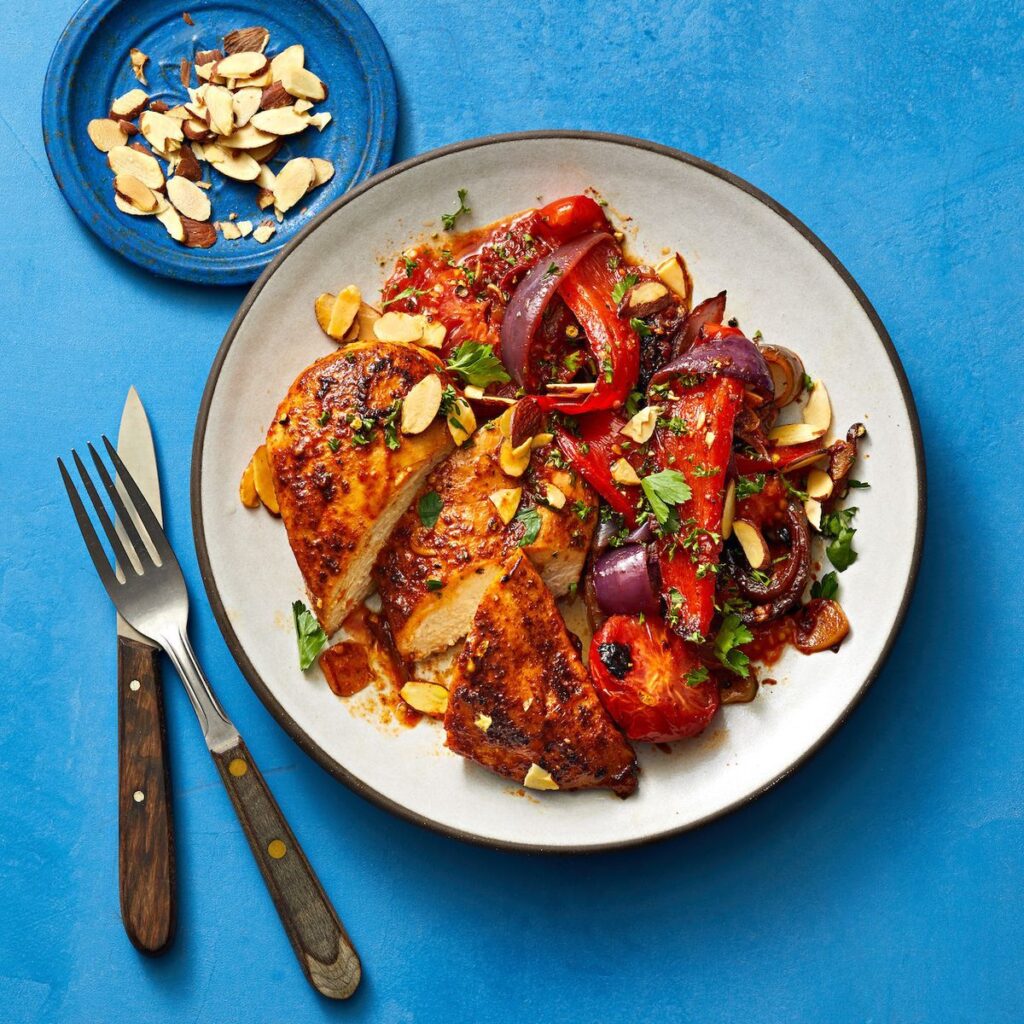
- High Protein – Protein increases satiety and helps maintain muscle mass.
- Fiber-Rich Foods – Fiber slows digestion, keeping you full longer.
- Healthy Fats – Fats like avocado, nuts, and olive oil add richness and curb cravings.
- High Water Content – Foods like vegetables and broth-based soups add volume without excess calories.
Now, let’s explore delicious, low-calorie meal ideas that will keep hunger at bay.
1. High-Protein Breakfasts to Start Your Day
Greek Yogurt with Berries and Chia Seeds (250 kcal)
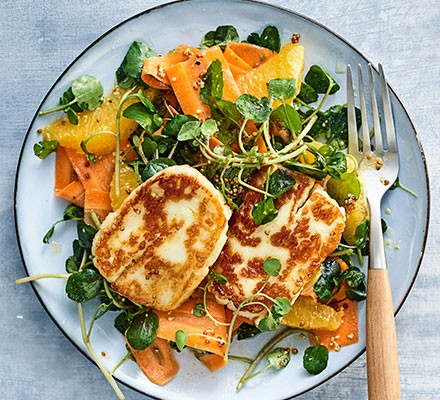
- 1 cup non-fat Greek yogurt (100 kcal)
- ½ cup mixed berries (40 kcal)
- 1 tbsp chia seeds (60 kcal)
- Drizzle of honey (50 kcal)
Why It Works: Greek yogurt is packed with protein, while chia seeds add fiber and healthy fats to keep you full until lunch.
Veggie Omelet with Whole-Grain Toast (300 kcal)
- 2 eggs (140 kcal)
- Spinach, tomatoes, mushrooms (30 kcal)
- 1 slice whole-grain toast (80 kcal)
- 1 tsp olive oil (40 kcal)
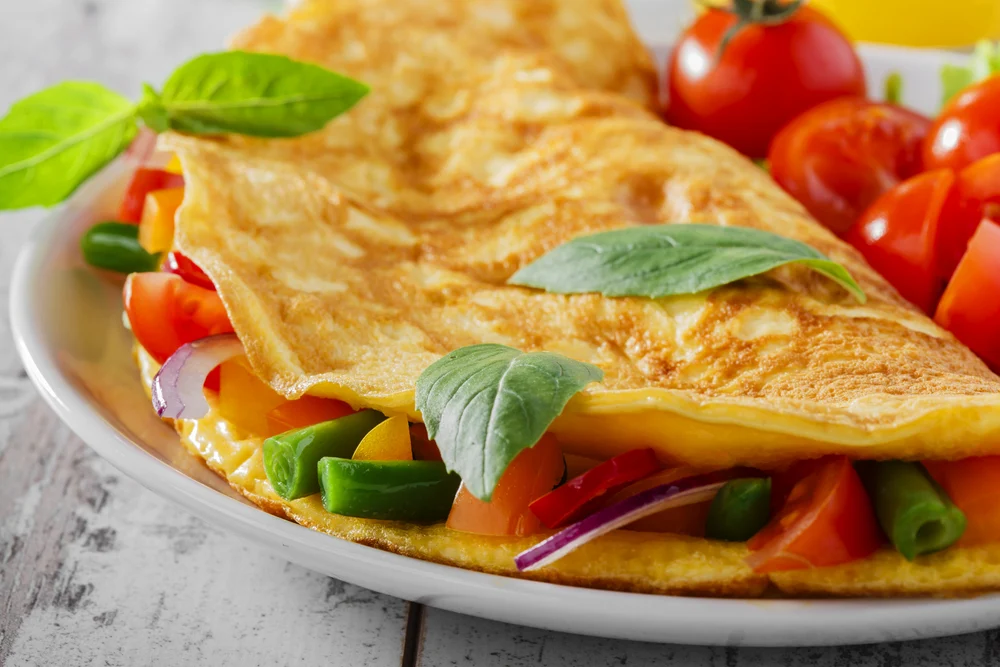
Why It Works: Eggs are a great source of protein, and vegetables add fiber and volume without extra calories.
2. Satisfying Low-Calorie Lunches
Grilled Chicken Salad with Avocado (350 kcal)
- 3 oz grilled chicken breast (140 kcal)
- 2 cups mixed greens (20 kcal)
- ½ avocado (120 kcal)
- Cherry tomatoes, cucumber, lemon dressing (70 kcal)
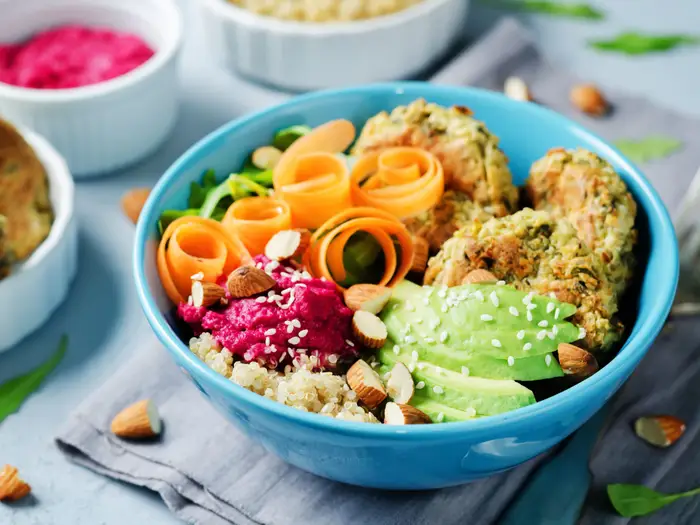
Why It Works: Lean protein from chicken and healthy fats from avocado make this salad incredibly filling.
Quinoa & Black Bean Bowl (400 kcal)
- ½ cup cooked quinoa (110 kcal)
- ½ cup black beans (110 kcal)
- ¼ cup diced bell peppers & onions (20 kcal)
- 1 tbsp lime-cilantro dressing (60 kcal)
- ¼ avocado (60 kcal)
Why It Works: Quinoa and black beans provide a complete plant-based protein source with plenty of fiber.
3. Light Yet Filling Dinners
Baked Salmon with Roasted Vegetables (450 kcal)
- 4 oz baked salmon (240 kcal)
- 1 cup roasted broccoli & carrots (80 kcal)
- ½ cup quinoa (110 kcal)
- 1 tsp olive oil (40 kcal)
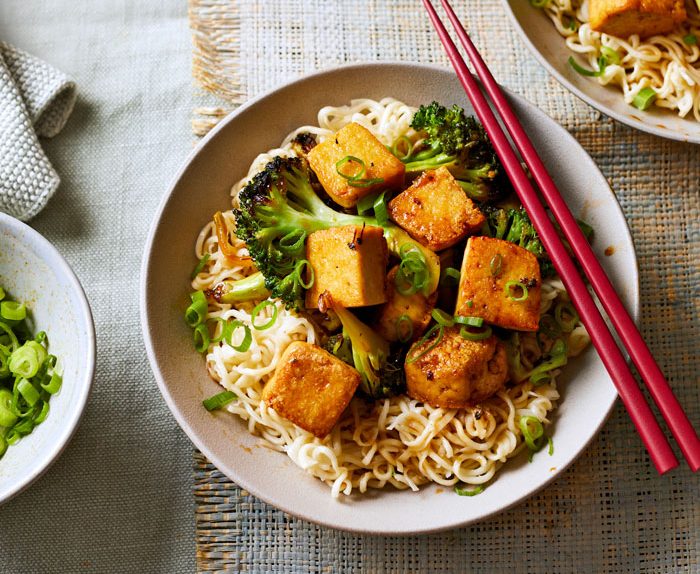
Why It Works: Salmon is rich in omega-3s and protein, while roasted veggies add fiber and crunch.
Zucchini Noodles with Turkey Meatballs (380 kcal)
- 2 cups zucchini noodles (50 kcal)
- 3 turkey meatballs (180 kcal)
- ½ cup marinara sauce (70 kcal)
- 1 tbsp Parmesan cheese (30 kcal)
Why It Works: Zucchini noodles cut carbs and calories while turkey meatballs provide lean protein.
4. Low-Calorie Snacks to Curb Hunger
Apple Slices with Almond Butter (200 kcal)
- 1 medium apple (95 kcal)
- 1 tbsp almond butter (105 kcal)
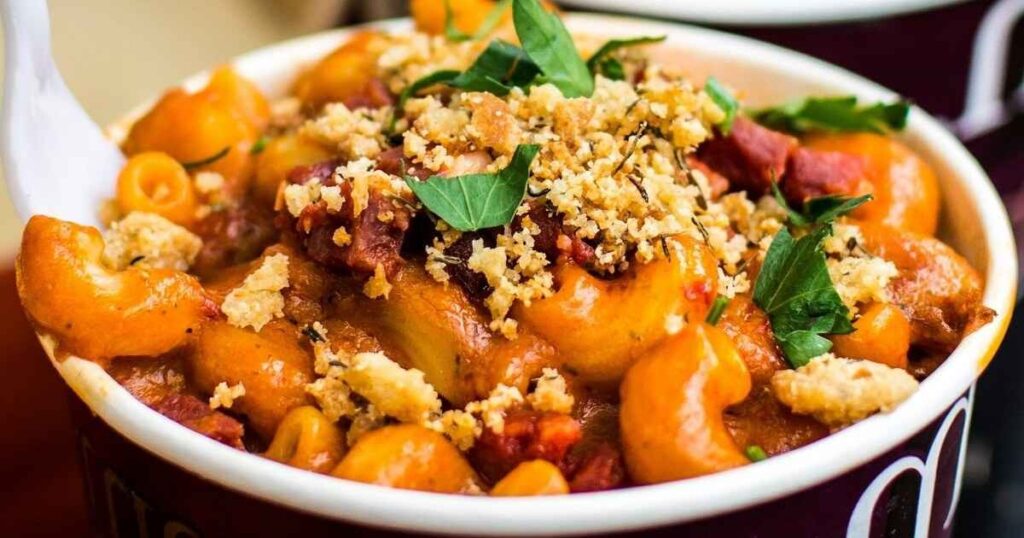
Why It Works: The fiber in apples and healthy fats in almond butter prevent blood sugar spikes.
Cottage Cheese with Cucumber (150 kcal)
- ½ cup low-fat cottage cheese (110 kcal)
- ½ cup sliced cucumber (20 kcal)
- Sprinkle of black pepper & chili flakes (20 kcal)
Why It Works: Cottage cheese is high in protein, and cucumber adds hydration and crunch.
5. Low-Calorie Soups & Stews for Volume Eating
Vegetable Lentil Soup (300 kcal per bowl)
- 1 cup lentils (230 kcal)
- 2 cups mixed veggies (70 kcal)
- Low-sodium vegetable broth (negligible calories)
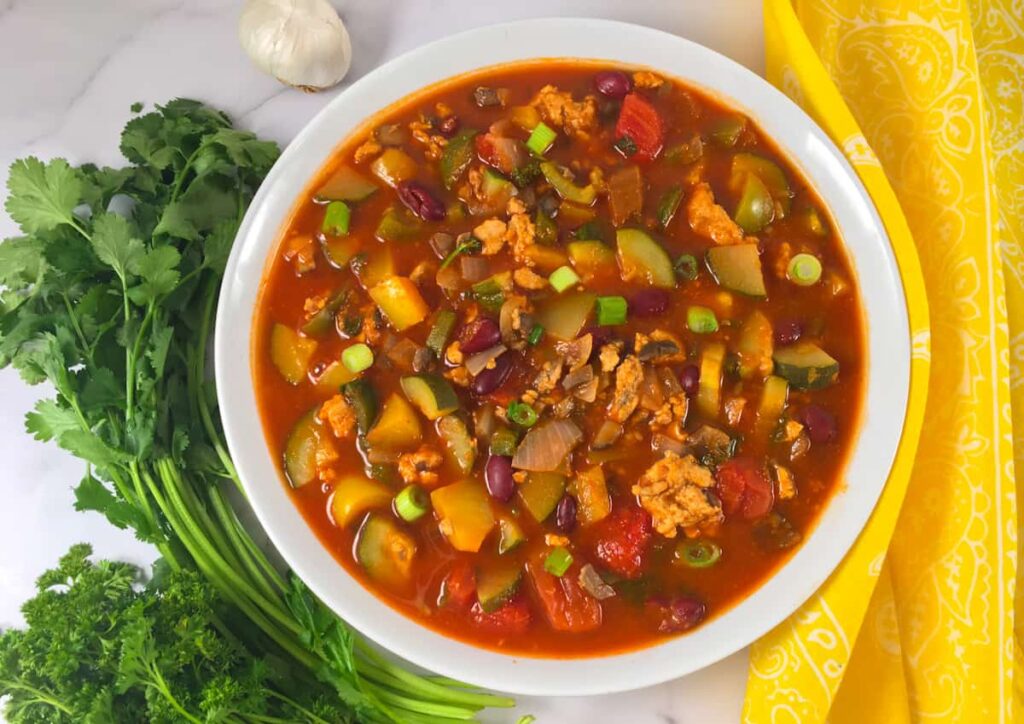
Why It Works: Lentils are packed with protein and fiber, while the broth adds volume.
Miso Soup with Tofu & Seaweed (150 kcal)
- 1 cup miso broth (35 kcal)
- ½ cup tofu (80 kcal)
- Seaweed, scallions (20 kcal)
Why It Works: Miso soup is light but packed with umami flavor, and tofu adds plant-based protein.

Tips for Making Low-Calorie Meals More Filling
- Add More Vegetables – Bulk up meals with leafy greens, zucchini, or cauliflower rice.
- Choose Lean Proteins – Chicken, turkey, fish, tofu, and legumes keep you full longer.
- Incorporate Healthy Fats – Avocado, nuts, and olive oil enhance satiety.
- Drink Water Before Meals – Helps prevent overeating.
- Eat Slowly – Gives your brain time to register fullness.
